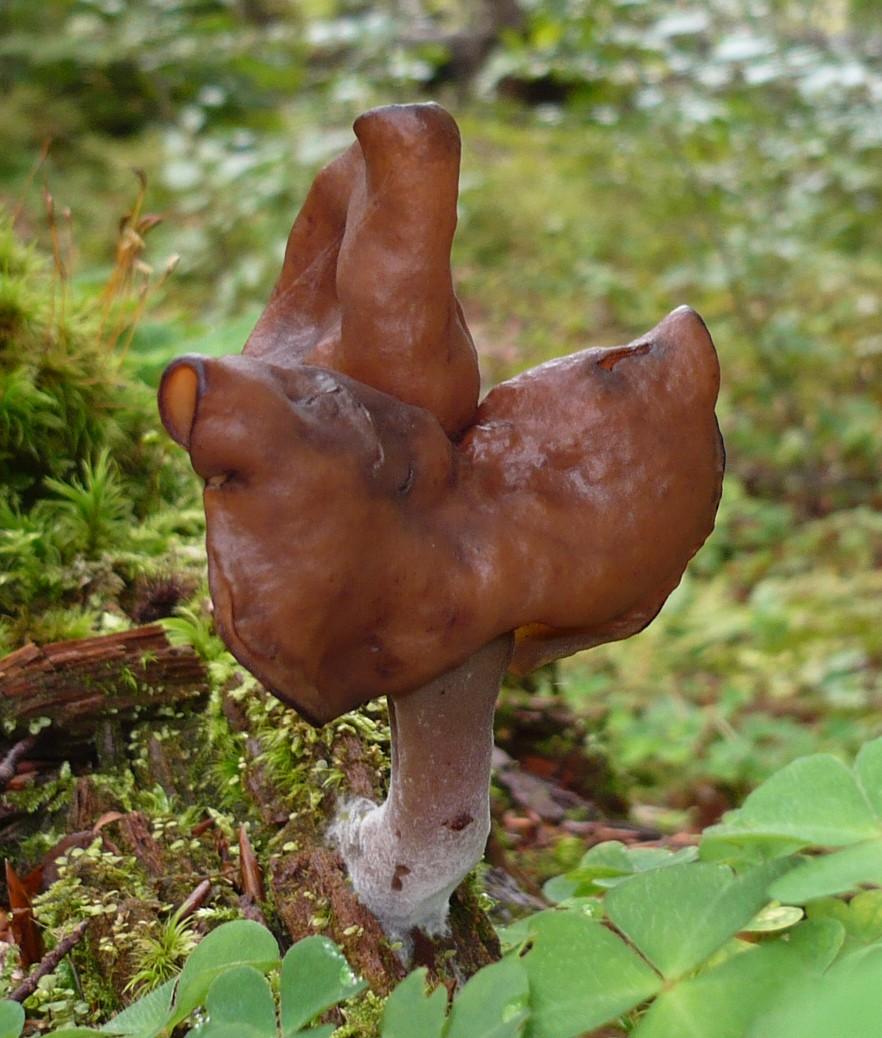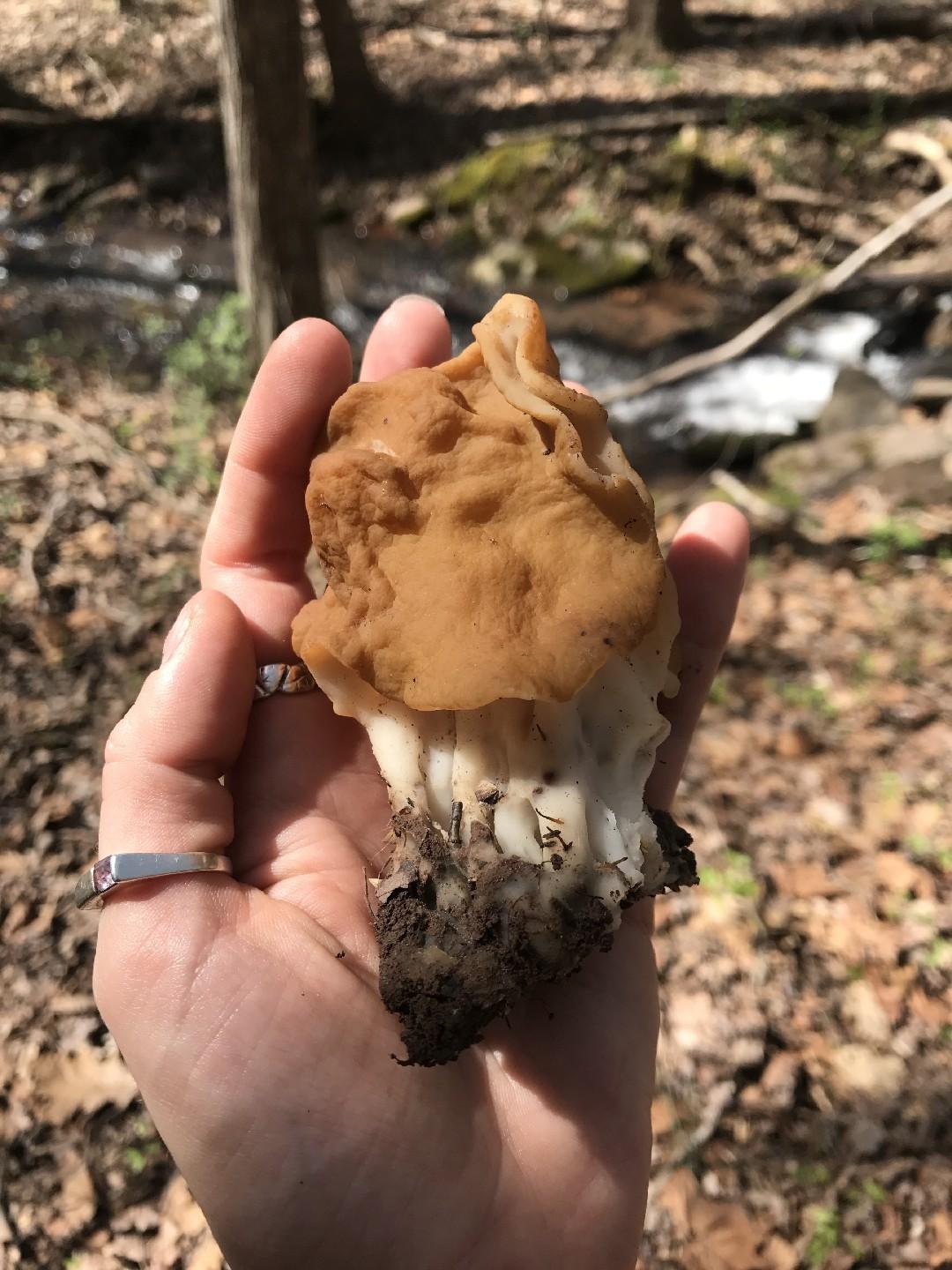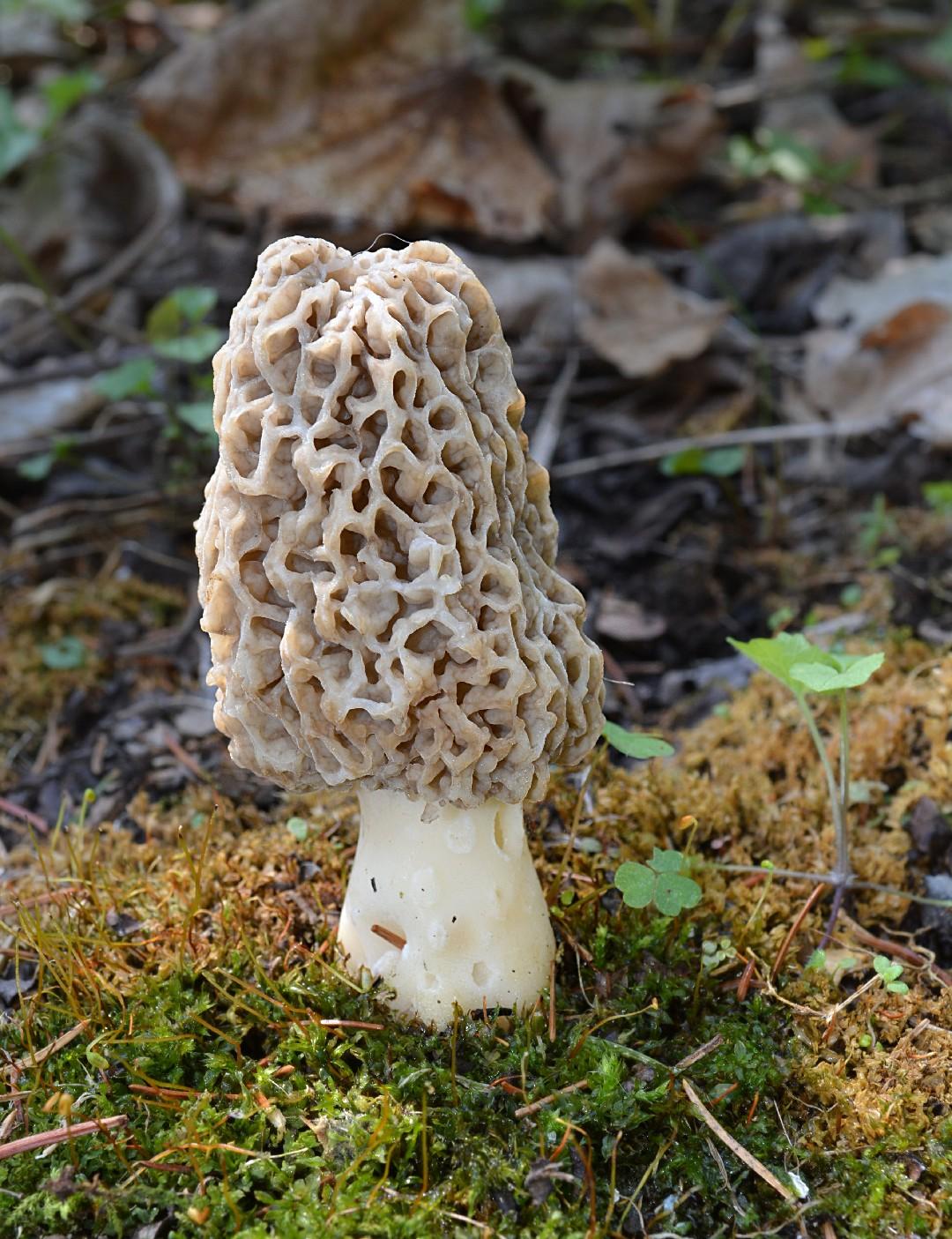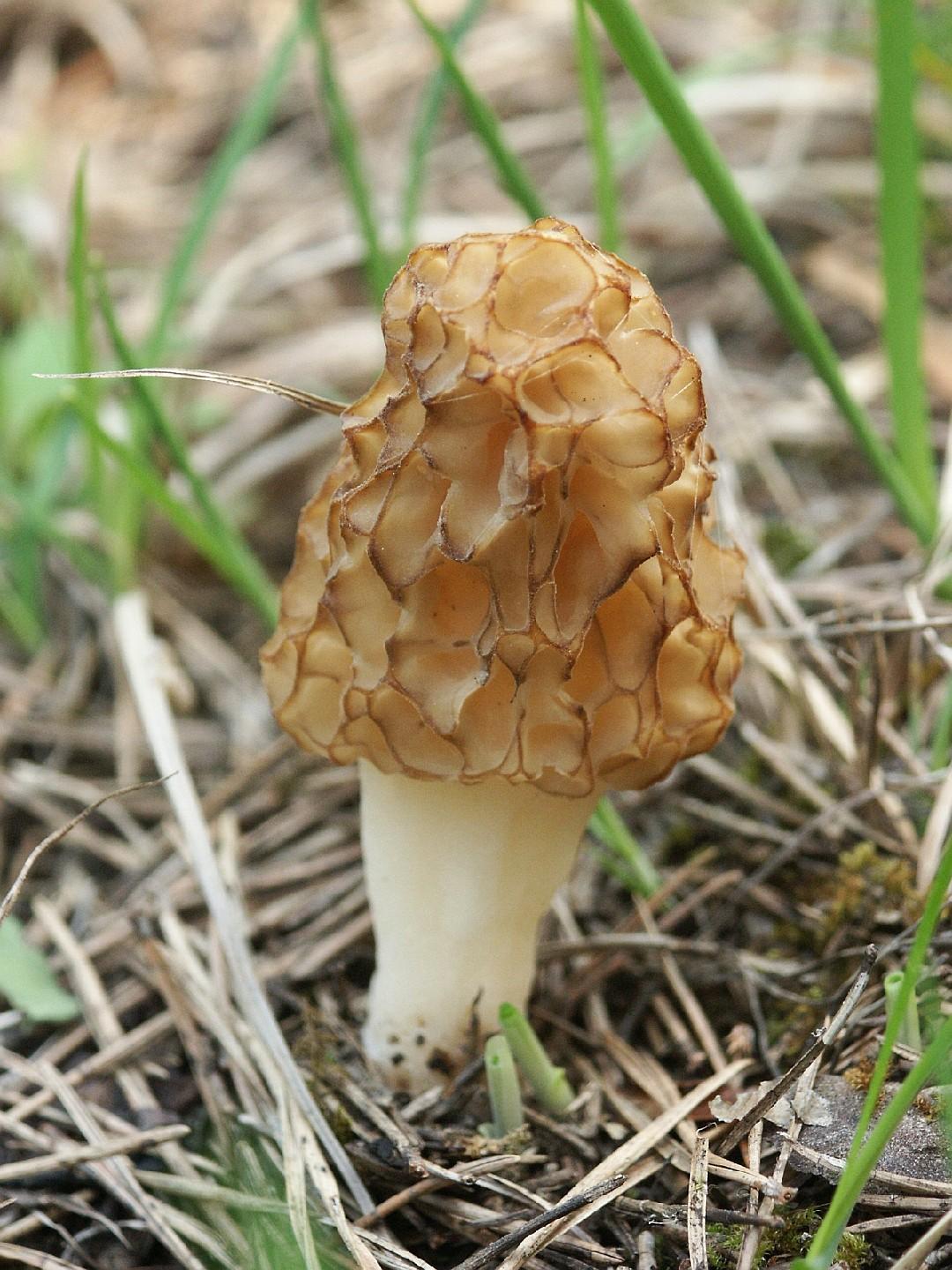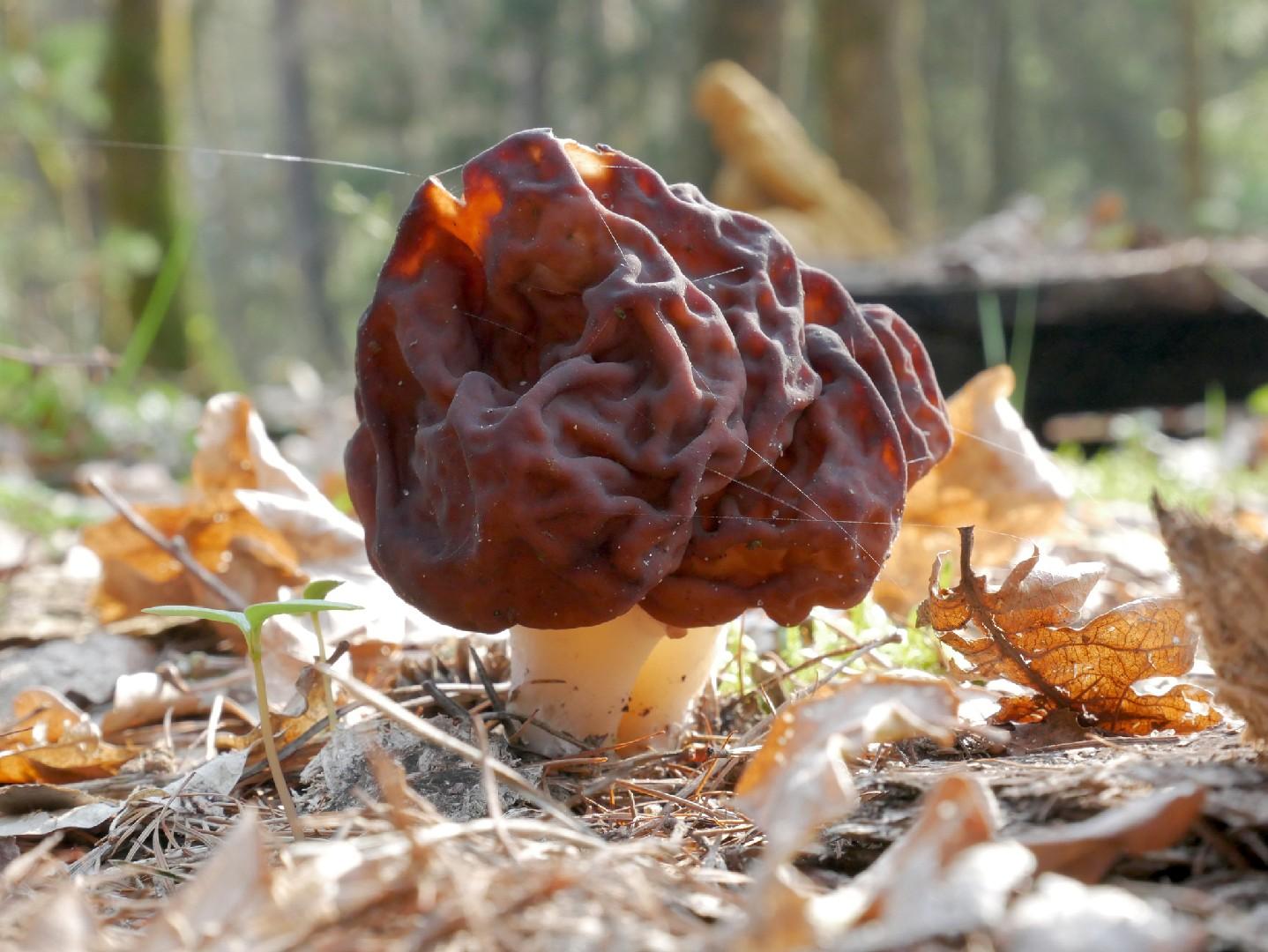

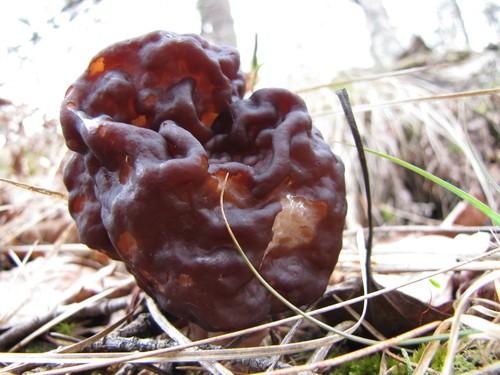
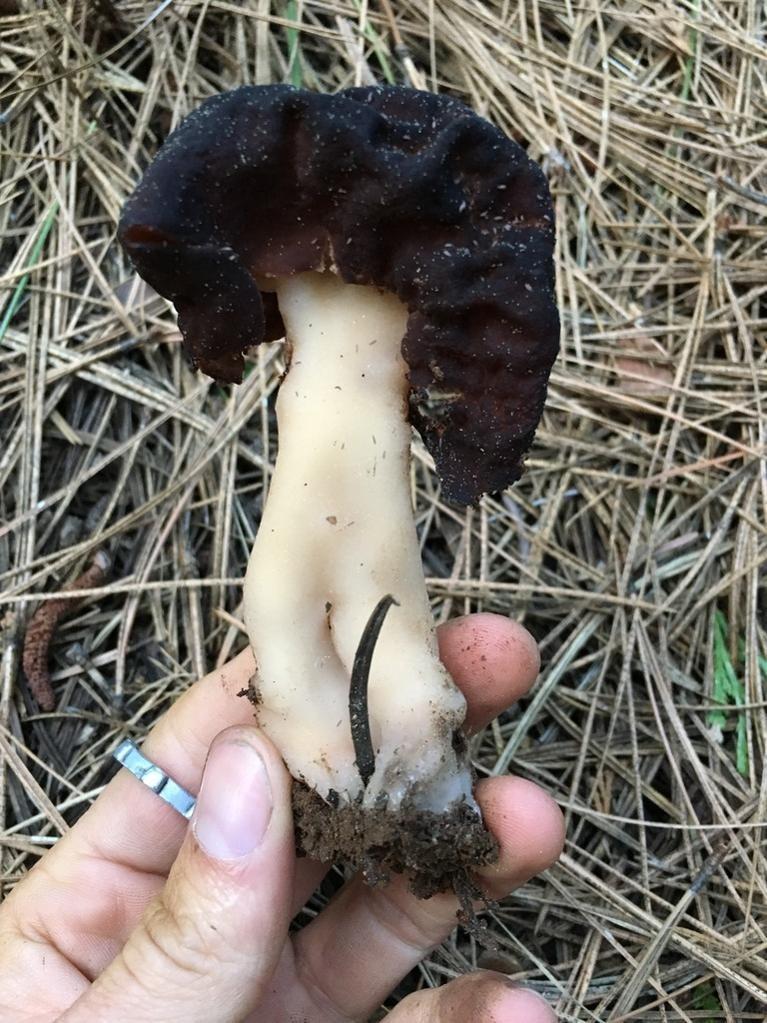
False morel
Gyromitra esculenta
A species of False morel. Also known as Elephant ears, Beefsteak mushroom, Lorel, Conifer false morel.
While the delectable common morel (Morchella esculenta) is largely distinctive, there's one species that bears a significant resemblance. The false morel (Gyromitra esculenta) has a cap that could potentially trick foragers seeking an edible mushroom, but this species is poisonous. To differentiate, observe that the conical caps of the false morel are convoluted and resemble a brain, whereas true morels possess caps with perforations, giving them a honeycomb texture. When sliced open, morels reveal hollow stems and caps, whereas false morels typically have filled-in or stringy interiors.
Attributes of False morel
Scientific Classification of False morel
Toxicity and Edibility of False morel
Is False morel Toxic?
The false morel is known for its considerable toxicity, primarily due to gyromitrin. This substance can cause severe, even fatal, health issues by harming red blood cells and the liver. Even preparing it through cooking doesn't fully mitigate the risk, as the evaporating toxin can be inhaled and pose a health hazard. Despite its appealing look and the moniker Brain Mushroom, its inherent dangers make it a perilous food choice. It is strongly recommended to abstain from consuming false moreel because of its pronounced toxicity.
Is False morel Toxic to Dogs?
False morel can be dangerous to dogs. If your pet has consumed this mushroom, seek immediate veterinary attention. Symptoms may vary, but early intervention is crucial for the best outcome.
